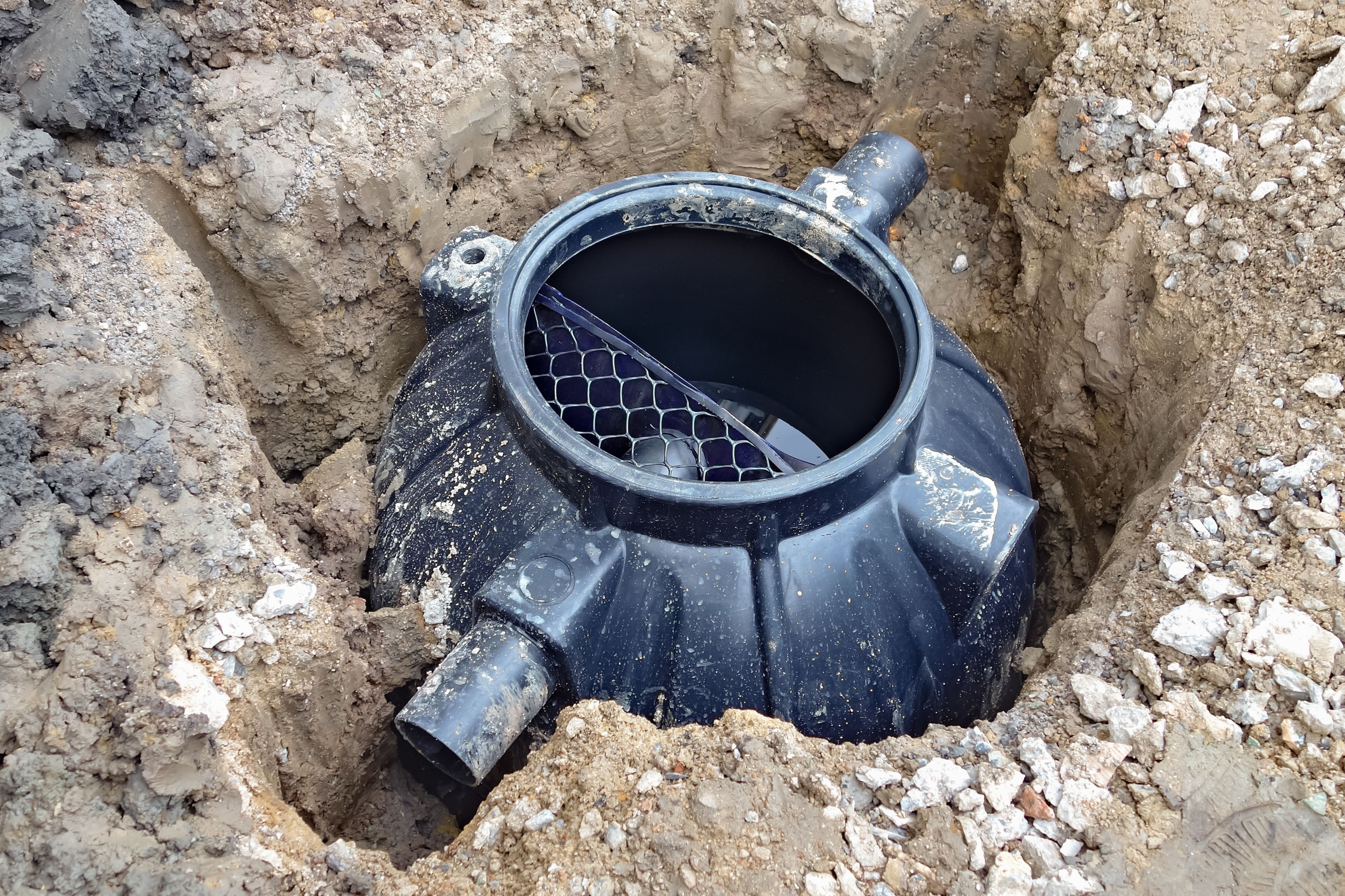The standard septic system here in Ft. Worth consists of plumbing, tank, and a leach (or drain) field. That's it. Thanks for reading.
Okay, so your septic system is much more complex than that but if everything goes as planned, you will never need to intimately know the inner workings of your septic system. Of course that is why we are here. At Septic One, we clean both residential and commercial septic systems, as well as commercial grease traps. When you contact us, you are getting over 20 years of septic tank experience.
The general rule of thumb for septic tank maintenance is to have it serviced every 2 to 5 years. And by serviced we mean cleaned out and inspected. Unlike being on the municipal sewer system a septic tank is not hooked up to the sewer system. That means that the tank must be pumped for it to maintain proper operation.
If this maintenance protocol is not followed, you could have backups of sewage into your home, a flooded backyard or even a tank that floats to the surface. That may sound like the worst case scenario but that is exactly what can happen if you do not take proper care of your septic system.
When My Toddler Flushes a Toy Truck Down The Toilet, Where Does It Go?
Think of every flush as going no further than your own backyard, as this is generally where the septic tank and drain field reside. The drain plumbing in your home is routed to a junction box where the wastewater and solid waste is routed into the septic tank.
Your septic tank is a large concrete or plastic vault that is generally buried underground and accessible through an access hole in the yard. It is critical that this access hole always remain secured as anyone that should happen to fall into the septic tank could suffer serious injury or death. It is nothing to mess around with.
Sludge
When the waste gets into the septic tank it turns into sludge. Well, not right away, it takes a while. If everything is working correctly, there will be three different components in the septic tank, sludge, water, and scum, (sounds like a pack of Marvel villains.) Scum floats on the top of the water and the sludge rests at the bottom of the tank.
Scum is made up of grease and other debris that float on the water’s surface and the sludge is the heavy material that sinks to the bottom. It is the hope that both the sludge and the scum stay in the septic tank until maintenance can be performed.
So how does the water get out of the tank?
The Drain Field
When the scum and sludge separate from the water, you are left with relatively clean water. That water makes its way out of the septic tank and into the drain field. (The drain field can interchangeably be referred to as the leach field.)
The leach field is made up of media, like small stones and plastic balls, that allow the water to slowly seep into the surrounding soil. If too much sludge or scum makes its way to the drain field the water will not be able to drain into the earth and you can experience major problems.
Take Our Advice, Follow A Maintenance Schedule
At Septic One we encourage all of our friends and neighbors in Fort Worth to invest in your septic system like you would any other part of your home maintenance. We make sure that we provide exceptional service with superior results, meaning you are truly getting your money’s worth.
Now that you know how your septic system works and what can happen when it is neglected, contact us today and schedule a septic system cleaning now!

